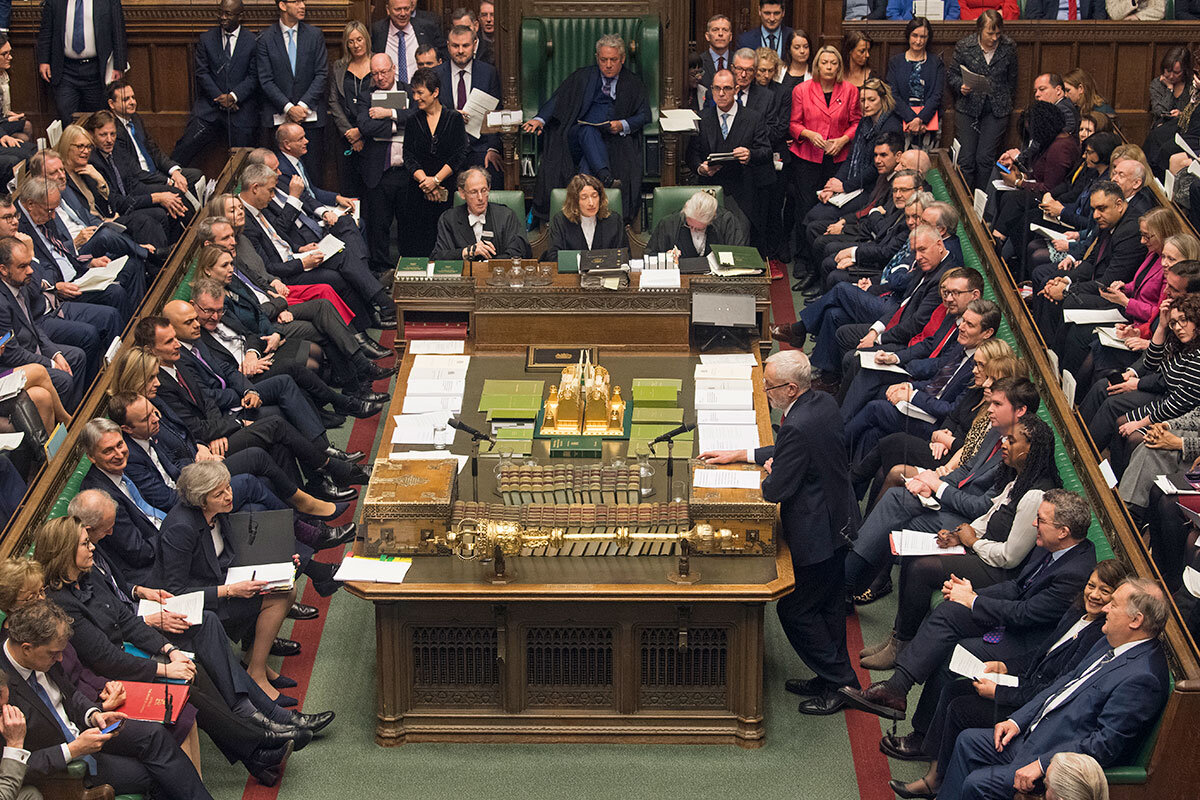A path on Brexit that’s yet unseen?

 Arthur Bright
Arthur Bright
By most accounts, the Brexit legislative machine currently grinding away in Westminster is capable of producing only two outcomes: a Brexit built on the British government’s proposed deal with the European Union, or a no-deal Brexit that many view as an economic catastrophe in waiting.
As it stands now, Prime Minister Theresa May’s plan looks likely to be defeated when it comes up for a vote in Parliament on Jan. 15. But Parliament has been acting to prevent no-deal as well, in an effort to protect Britain from the risks of crashing out of the EU without any agreements.
On Tuesday, a cross-party bloc of Conservative and Labour members of Parliament voted to attach an anti no-deal amendment to a bill. Basically a poison pill triggered by a “crash out” Brexit, the amendment could be the first of many the bloc uses to dissuade the government from no-deal. And less than 24 hours later, another cross-party bloc voted that, in the event her Brexit deal is rejected, Ms. May must present a plan B for Brexit to Parliament within three days.
All together, it seems an emboldened Parliament is setting itself against a no-deal Brexit. Though much remains uncertain, especially with May’s plan in doubt, it suggests the Brexit machine may yet be turned toward a third outcome yet undetermined.
Now for our five stories of the day.




